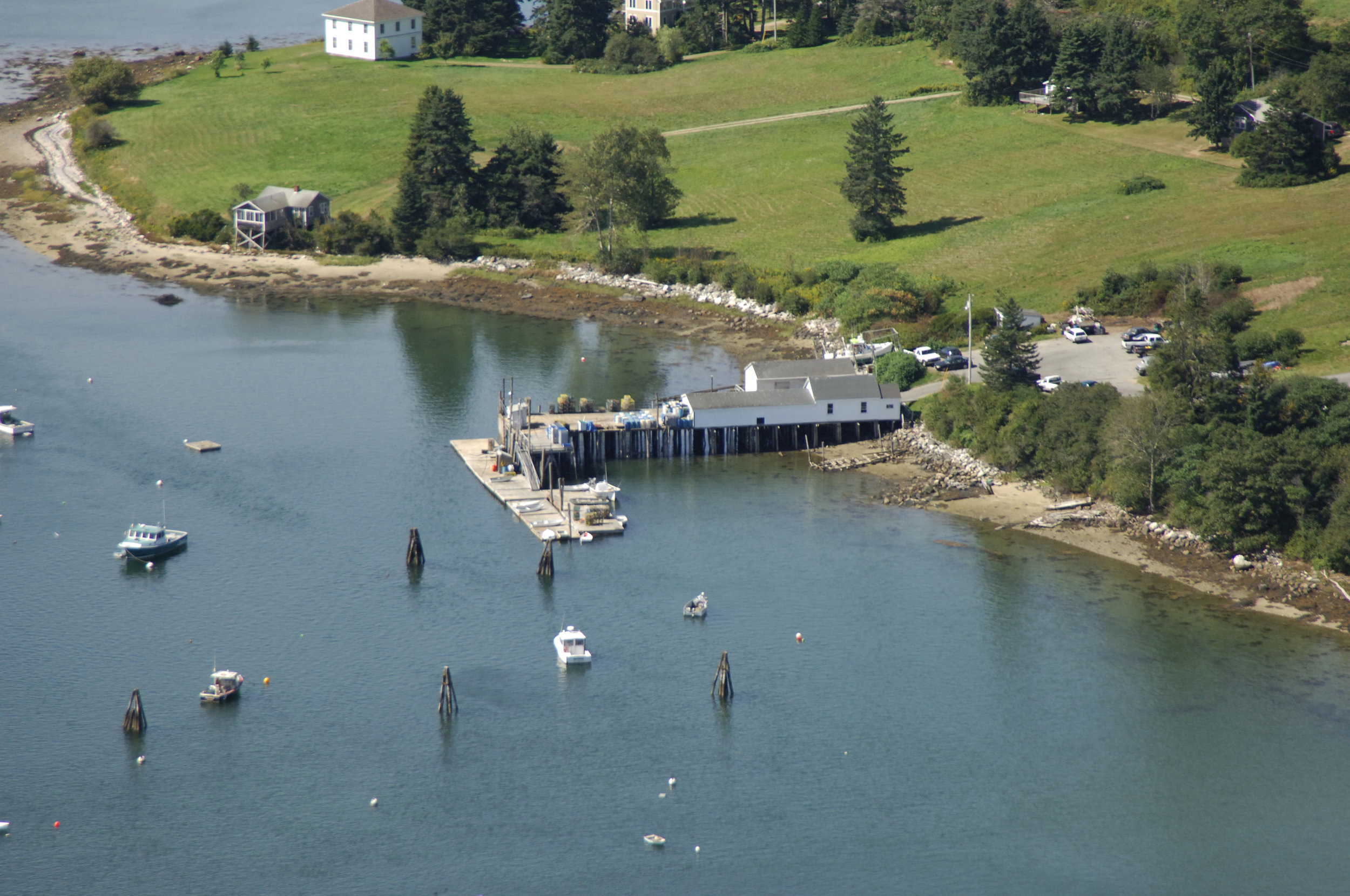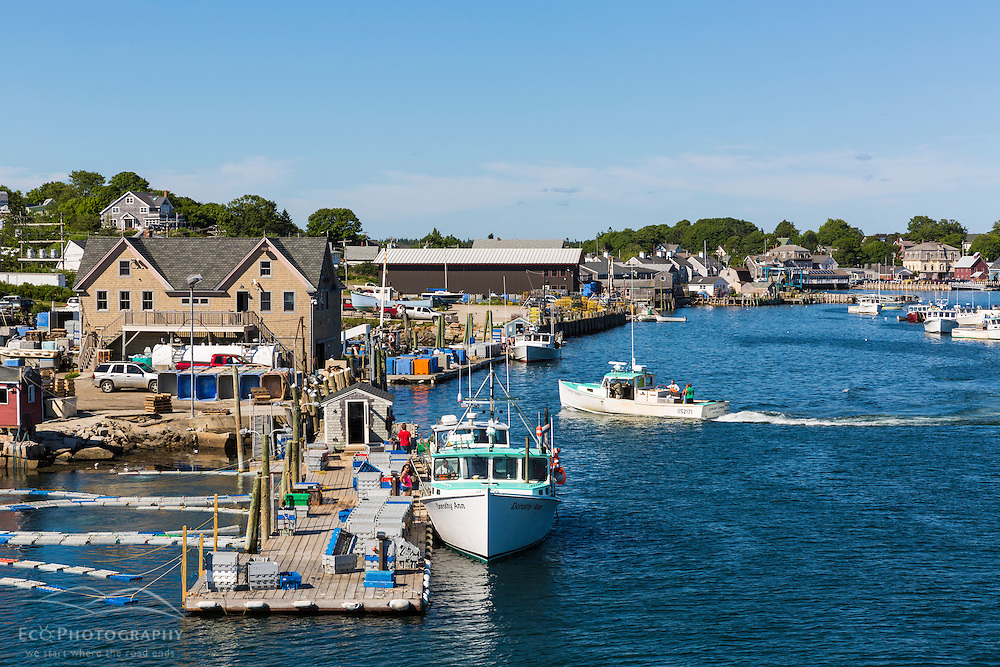



The Story: The potential loss of working waterfronts in Maine threatens not only historic buildings and landscapes, but the livelihoods and traditional ways of life of many people in Maine’s waterfront communities. These working waterfronts provide a link between residents and the industries that have shaped Maine, but whose influence is waning in the face of economic change, residential redevelopment and high property costs. The Pemaquid Fisherman’s Co-op is an example of how businesses, with the help of state programs, are struggling to stay viable.
The Threat: Rising property costs, encroaching development, and the high cost of fuel are among the treats to Working Waterfronts. Of Maine’s 5,300 miles of coastline, only 20 miles of working waterfront access remain.*
The Solution: Fortunately, the threats facing Working Waterfronts are being well studied, and there are many organizations and partnerships addressing these issues. The Working Waterfront Coalition is made up of more than 140 industry associations, state agencies, non-profit groups, all advocating for healthy Working Waterfronts, which preserves the heritage of coastal Maine. Programs such as the Working Waterfront Access Pilot Program and the Affordable Coast Fund help protect that heritage.

